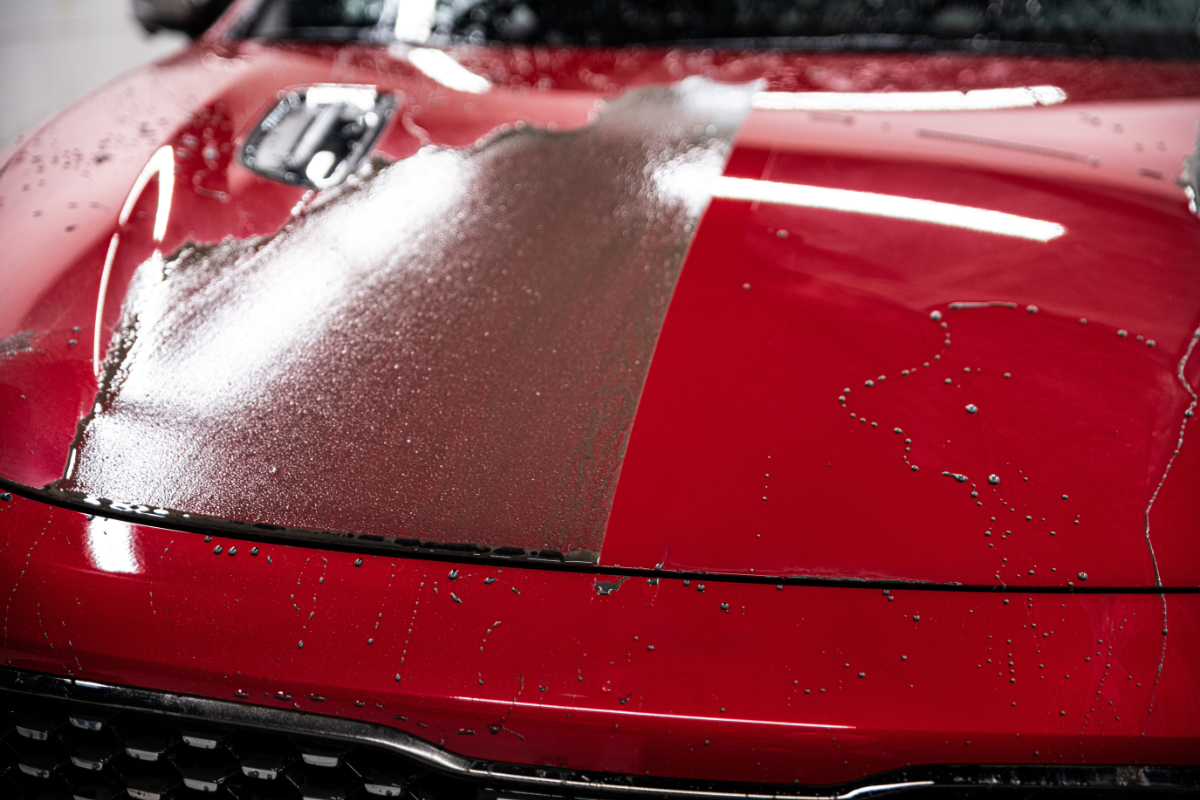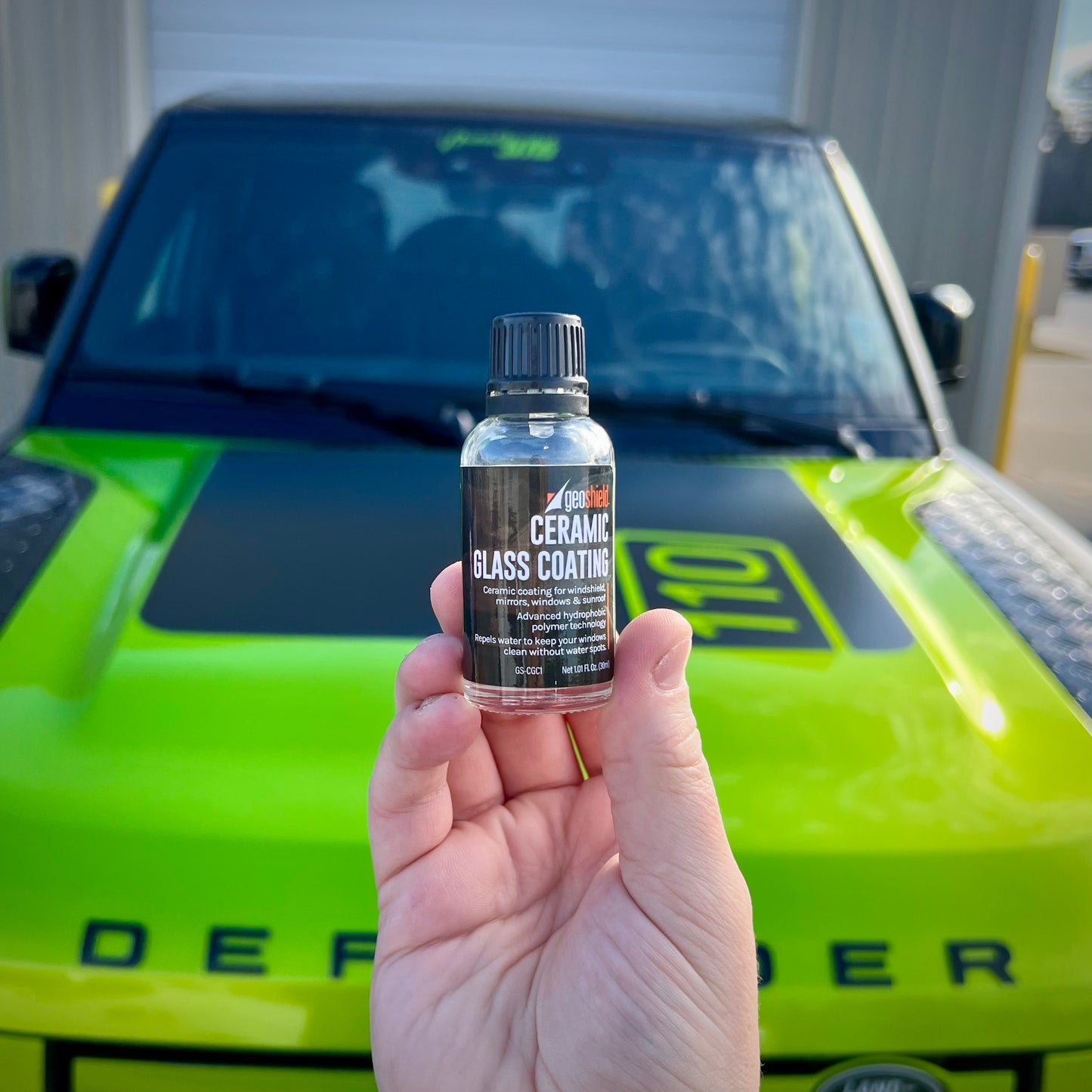Economical and Dependable Ceramic Coating Philadelphia Provider for Your Vehicle
Why Ceramic Layer Is the Ultimate Service for a Perfect End Up
Ceramic finishing has actually arised as a leading service for those seeking a flawless surface for their vehicles, many thanks to its impressive toughness and protective features. What factors absolutely established ceramic coating apart?
What Is Ceramic Coating?

When applied correctly, ceramic coating creates a hydrophobic surface that wards off water and dirt, making it less complicated to keep and cleanse. Unlike typical waxes or sealants, which commonly provide brief defense, ceramic layers can last for a number of years, depending on the product quality and application method. The procedure of using ceramic finish calls for thorough prep work, including comprehensive cleaning and often repaint modification, to make sure ideal bonding and performance.
Ceramic coatings are not limited to automobile surface areas; they can additionally be utilized on different materials, including glass, steel, and plastics, supplying a versatile solution for enhancing security. Overall, ceramic coating stands for a significant improvement in surface area defense modern technology, integrating both visual and functional advantages for a variety of applications.
Benefits of Ceramic Coating
While several surface defense options exist, the advantages of ceramic finishing stick out due to its one-of-a-kind residential or commercial properties and lasting efficiency. Among the primary benefits is its phenomenal durability. Ceramic Coating Philadelphia. Unlike conventional wax or sealants that call for frequent reapplication, ceramic coatings give a resistant layer that can last for numerous years, dramatically minimizing maintenance initiatives
An additional notable advantage is enhanced protection against environmental impurities. Ceramic layers produce a hydrophobic surface that repels water, dirt, and various contaminants, making it simpler to cleanse. This function not just protects the vehicle's appearance however also lessens the danger of rust and oxidation, particularly in rough climate condition.
Furthermore, ceramic layers offer exceptional resistance to UV rays, protecting against fading and deterioration of paint gradually. This UV defense is vital for preserving the visual value of automobiles and surfaces revealed to route sunlight.
Furthermore, the glossy finish accomplished with ceramic layer improves the general aesthetic appeal, providing surfaces a showroom-quality shine. Generally, ceramic finishes represent a significant development in surface area defense innovation, offering long-lasting benefits that accommodate both visual and useful demands.
How It Works
Comprehending the scientific research behind ceramic layers discloses how they supply such impressive defense and long life. At its core, a ceramic covering is a liquid polymer that chemically bonds with the vehicle's manufacturing facility paint. This bonding develops a safety layer that is both hydrophobic and oleophobic, repelling water, dust, and oil. The primary element of a lot of ceramic coverings is silicon dioxide (SiO2), which is stemmed from quartz. This substance adds to the finishing's solidity and resistance to you can look here scrapes, UV rays, and ecological contaminants.
The application procedure entails several steps, consisting of surface prep work, which is important to achieving ideal attachment. As soon as used, the layer goes through a curing procedure, during which it solidifies and develops a semi-permanent bond with the paint surface. This bond is what distinguishes ceramic layers from conventional waxes and sealers, providing a longer-lasting safety barrier that can endure for many years.
In addition, the thickness of the layer can enhance its protective high qualities, making certain that it can withstand extreme problems. Inevitably, the scientific research of ceramic coverings integrates sophisticated products with cutting-edge application techniques to provide an unequaled level of security and aesthetic improvement for cars.
Contrast With Standard Techniques
When compared to traditional paint security methods such as sealers and waxes,The advantages of ceramic coverings end up being particularly evident. While waxes provide a momentary sparkle, normally lasting a few weeks to a pair of months, ceramic finishes give a resilient protective layer that can sustain for a number of years. This toughness considerably reduces the regularity of reapplication, making ceramic coverings a more cost-efficient option gradually.
Additionally, standard approaches commonly call for substantial preparation and multiple applications to achieve an acceptable level of defense. On the other hand, ceramic coverings bond at a molecular degree with the car's surface area, creating a robust shield against environmental contaminants like UV rays, acid rain, and roadway salts. This bond boosts the car's resistance to scrapes and swirl marks, which are prevalent with conventional waxes and sealants.
Additionally, the hydrophobic properties of ceramic layers push back water and dirt, causing simpler cleansing and upkeep. On the other hand, wax and sealant-treated surfaces can attract grime, necessitating even more frequent cleaning - Ceramic Coating Philadelphia. On the whole, ceramic finishings not only offer exceptional protection however likewise supply an extra visually appealing and enduring finish, developing them as the favored option for critical vehicle proprietors
Application and Maintenance Tips

Utilizing a foam applicator, apply the finishing in tiny areas, following the supplier's standards relating to density and overlap. Enable sufficient healing time in between coats, usually 24 hours, to make certain proper bonding. After application, it is vital to prevent exposure to water or rough elements for a minimum of a week to enable the layer to totally cure.
In addition, using a ceramic maintenance spray can enhance the finish's hydrophobic residential properties and long life. Regular inspections for any type of indicators of wear will aid preserve the finish's integrity and preserve that beautiful surface.
Conclusion
In verdict, ceramic finishing arises as a premium choice for accomplishing a perfect vehicle finish. By forming a robust bond with manufacturing facility paint, ceramic finish effectively guards against scrapes, UV rays, and environmental impurities.
